05/26/2024 – I see the future, and it centers around the distribution of yards of compost, that are currently sitting under a tarp at the edge of the lawn, and the disposition of some carpenter ants that have arrived with bad intentions.
The garden areas will receive the compost, as will a shallow spot on the backyard lawn. The ants will get a taste of the same insecticide that works every year. My glowing in the dark for two days following its use is a small price to pay and, for those two days, I can read in bed with all of the room lights switched off
The lawn and garden fertilizer put down a few weeks ago, when combined with a good deal of spring rainfall, is working its magic. The mowing schedule has been bumped to twice per week, and a machete has proven to be the best tool for pruning the rose bushes.
Meanwhile, work continues on…
In Hornady’s Lock-N-Load Classic Kit Deluxe Part 2, we determined that a trimmer was not included, but only because there are numerous approaches to trimming. Why inflate the kit’s cost with equipment that might not be applicable to the handloader’s circumstances?
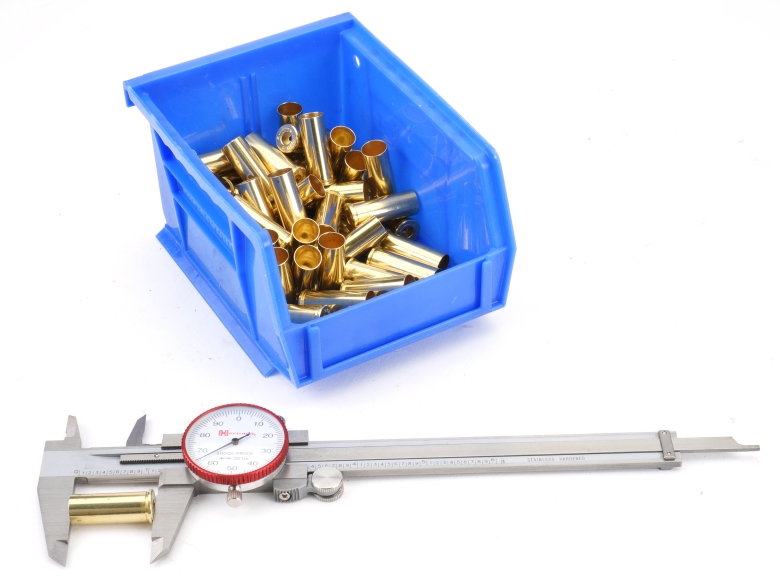 Because the active handloading project was for a wildcat cartridge that required removal of a considerable amount of material, with a significant amount of ammunition to be processed, my Hornady Lock-N-Load Case Prep Center was used for the trimming operation.
Because the active handloading project was for a wildcat cartridge that required removal of a considerable amount of material, with a significant amount of ammunition to be processed, my Hornady Lock-N-Load Case Prep Center was used for the trimming operation.
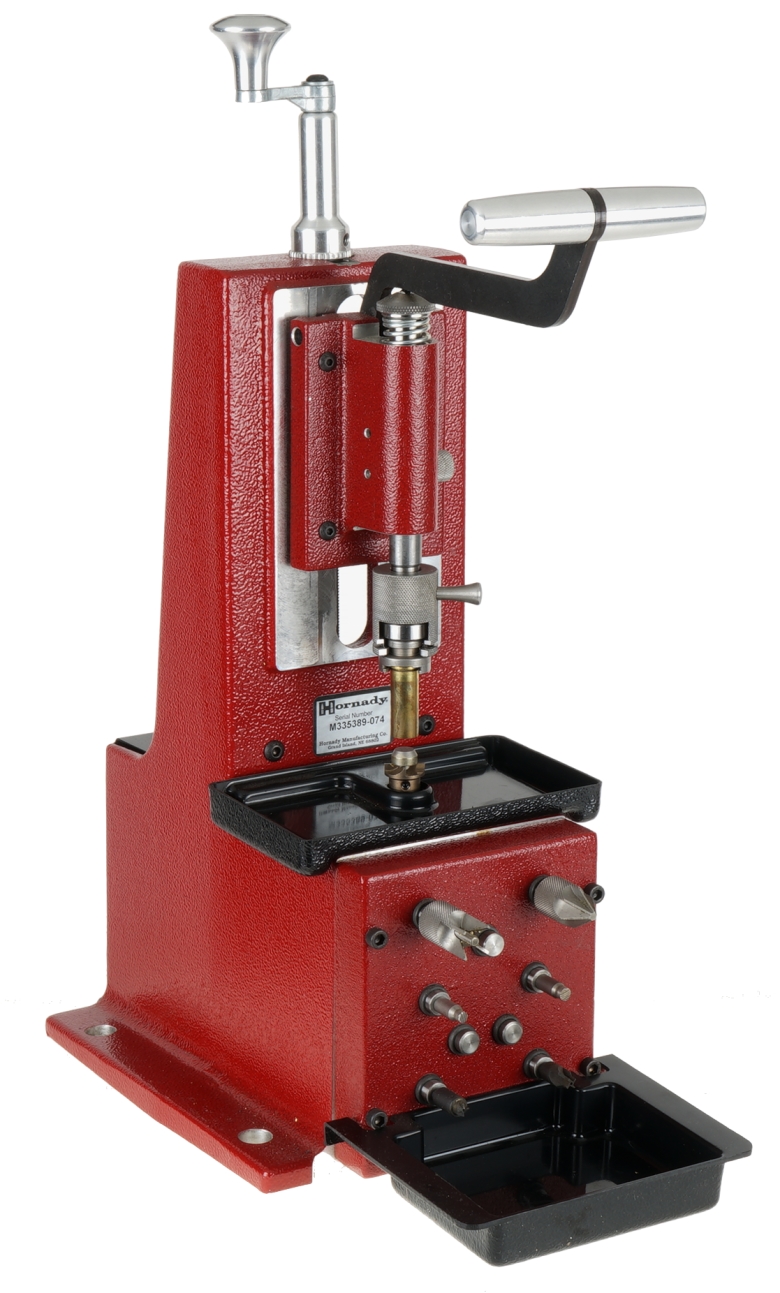
The case length spec for .41 Remington Magnum is 1.290″ +0.000″/-0.020″. Reference material for the .41 Special indicates a case length of 1.165″. The new lot of Remington .41 Magnum brass that was selected for trimming measured 1.280″. So 0.115″ was removed from each casing.
Shortening .41 Magnum brass by 0.115″ to make .41 Special brass, including inside mouth chamfering and deburring, initially took thirty second per case but, after a few cycles, that was reduced to ten seconds per cycle. That average time included periodically clearing the cutter and pilot with a touch of a bronze brush, and vacuuming out the catch tray surrounding the cutter.
The dial caliper, included in the Deluxe version of the Hornady’s Lock-N-Load Classic Kit, proved fast and accurate for production work. The trimmer held less than 0.001″ variation from case to case. The dial caliper is much more accurate and useful then a fixed step gauge.
A check was made after each group of 10 casings were trimmed. Not a scientific work sampling determination, just how many casings I would be willing to scrap or rework if adjustment had been lost. However, all trimmed cases held tolerance without making adjustments.
Works well with others…
The Hornady’s Lock-N-Load Classic Kit Deluxe included six Lock-N-Load die bushings, enough to cover two typical handgun cartridge die sets, or three typical rifle cartridge die sets. List price for additional bushings is $27.17 for a set of three, however, they are priced around $20 through discount retailers. Also included in the kits are six Hornady Sure-Loc Die lock rings.
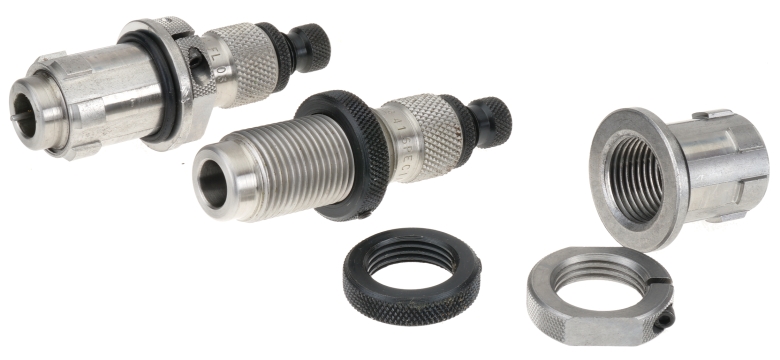
Within the context of this project, reloading the .41 Special wildcat, standard 7/8″-14 thread Redding dies were utilized. For use in the Hornady Classic Press, and with Lock-N-Load bushings, the Redding die lock ring were replaced with a Hornady Sure-Loc die locking rings.
The bushing was twist locked into the press with light hand effort, the sizer die wass adjusted down until it just touched the press’s shell holder with the ram raised, then the Sure-Loc ring was tightened down into contact with the bushing. The clamping screw on the locking ring was then tightened.
The benefit of the Lock-N-Load bushing is speed. Any die set can be adjusted in a press with its lock ring tightened to preserve die adjustment in the press. However, it takes roughly twenty die rotations to install and twenty to remove a die. With a bushing circumference of 3.377″, and a lug width of 0.056″, there is only a 6° twist for separation. So turn the die 0.056″ counterclockwise and it pops right out.
The Lock-N-Load bushings are extremely long wearing, even under heavy usage. However, the rubber O ring that maintains a snug fit between bushing and press sometimes wear out, tire out or get damaged. Replacement O rings cost pennies, and can be purchased in most hardware or home improvement stores.
The practical use of Hornady Lock-N-Load bushings depends very much on a handloader’s circumstances. We have over 250 sets of dies at the shop. Some are used routinely, others may not see more than singular use, others are used with high frequency. The latter classification can, and does, find utility in the use of Hornady Lock-N-Load bushings. So the .17-357 RG and the 500 Jeffery, probably not so much. The 223 Rem, 45 Auto, 9mm Luger, and 7x57mm dies get a constant workout, so they receive Lock-N-Load bushings.
The Hornady Single Classic press and kits were impressive…

Above, a Redding sizer die, utilizing a Hornady lock ring and Loc-N-Load bushing, with the nose of the die adjusted to contact the shell holder with the ram raised to the top of its stroke. Everything pictured is included in the Deluxe kit with the exception of die.
Sizing non-standard casings
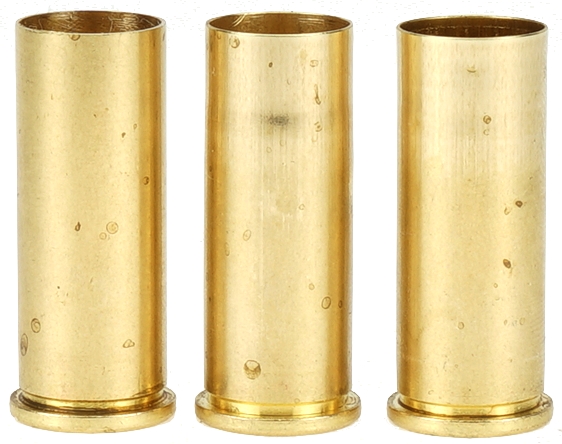
Pictured above, L-R” 41 Mag brass trimmed to 41 Special Length, post sizer die .41 Special brass, the same after an expander die pass.
| Casing | Case Length | Case Mouth O.D. “ | Case Body @Rim |
| Trimmed .41 Remington Magnum | 1.165 | 0.435 | 0.433 |
| Sized .41 Special | 1.165 | 0.426 | 0.433 |
| New expanded .41 Special | 1.165 | 0.432 | 0.433 |
The sizer die from Redding is aggressive, formed the brass well undersized, before opening the case back up in the expander step. Does that matter? Only in that working brass shortens its life, or creates a need to anneal it to extend its life. Where a wildcat requires creation of brass, and where reloading costs have significantly increased in general, extending brass life is important. Less forming and reforming is beneficial.
To the Hornady Classic press’s credit, sizing effort was modest. Producing a few hundred casings was not fatiguing, and the mechanical advantage and lack of deflection in the press made for precise, repetitive results.
Hornady’s Lock-N-Load Classic Kit Deluxe priming tools
There are lots of schemes for priming cases. This Classic Deluxe kit includes two. There is a priming arm that drops into the center of the ram and under the shell holder that is fed manually, one at a time, and a hand primer tool, pictured below.

The casing to be primed is held by a standard shell holder, Two primer seating pins are included in the kits, so large and small primers can be accommodated. Two primer trays are included, black for folks using Hornady shell holders, green for folks using RCBS shell holders.
Essentially, a box of 100 individual primers are dumped from their retail pack, onto the hand primer tray. Gently shifting the tray side to side flips the primers anvil side up, which is the proper orientation when seated in a casing, with a hand squeeze of the handle.
For me, I always prime off the press. 90% of the time, this is done with a hand primer of this type. When I have many casings to prime, I use a bench mounted priming press with CCI strip fed primers. In this case, the .41 Special brass was primed with the Hornady handheld priming tool pictured, utilizing conventionally packaged Federal primers.
For those wanting to prime on press, Hornady offers an optional tube fed press priming tool, the Hornady Lock-N-Load Classic Single Stage Press Automatic Primer Feeder, that is attached to the press at preexisting mount points. Primers are automatically fed from primer tubes to the press. The Hornady automatic primer feeder is a $78 list price option.
Personally, I favor the handheld priming tool over virtually all single stage press mounted systems. It is fast and it is easy to control primer seating pressure, and primers are not touched by fingers.
Scales and measures
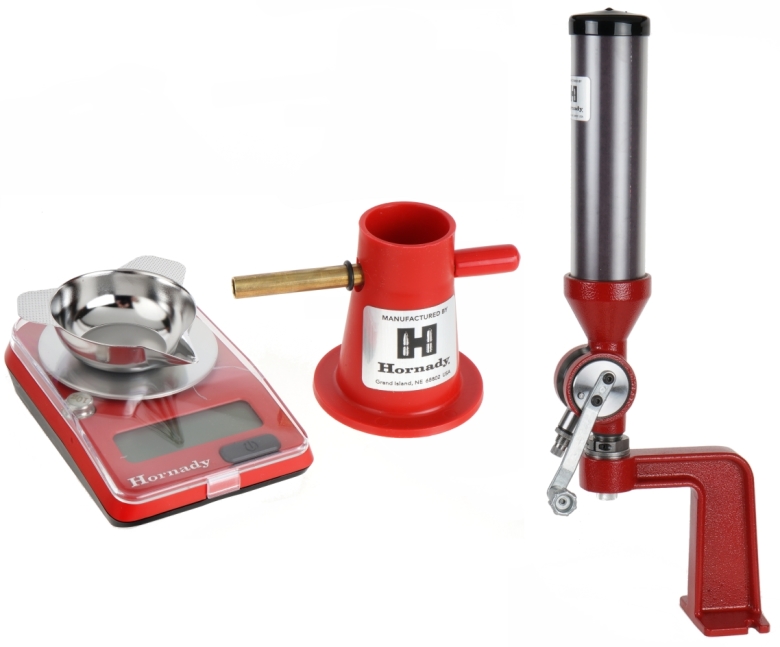
I still have a Harrell’s Precision measure… maybe located up in the loft. It is so refined, so artfully executed, it makes me.. I’ll say it, weep. In fact, it challenged a set of high riser 427 Ford heads for a place on my coffee table as a conversation starter. Micrometer adjustment, roller bearings, removable storage bottles, and expensive. It is no more accurate in powder throws than the Hornady Lock-N-Load measure that is packaged with the Classic Press Deluxe Kit.
With the digital scale, also packaged with the kit, the handloader has a powder dispensing system. When adjusted, the measure throws the powder, quickly. The scale is used for dialing in the measure settings, and auditing its output. So these items are another very useful component of the kit and one virtually every handloader can use.
Personally, I do not use analog powder measures, relying instead on a hand fed, calibrated digital scale for most, tied to a digital dispenser when more than 50 rounds are to be charged with the same powder type.
There is nothing wrong with a powder measure, other than I do not use one with enough frequency to get consistent throws. Hesitating, changing speed of handle pulls, the amount of powder in the hopper will not yield 1/10th grain charge to charge consistency.
The use of the Hornady scale and measure packaged with the kits can get close, very close with a little practice. Using the scale on a standalone basis will definitely deliver tight charge to charge weight consistency. The little powder trickler is also significantly better than the aluminum measuring spoons I typically use to tap in to a final reading. So, three more very useful components to the kit; scale, trickler and measure
Any doubt, knock it out…

I know, neither you or I ever make mistakes but, for just a moment, let assume we know someone who has. The inertial puller packed in the Hornady Classic Press Kit Deluxe is actually worth mentioning. The long arm makes for a lot of momentum when pulling bullets, and the selection of case holding collets adapt to just about any cartridge. I tried this with taper, roll and factory crimps, all disassembling easily and without damaging bullets.
Finished product. No, not Finnish product…
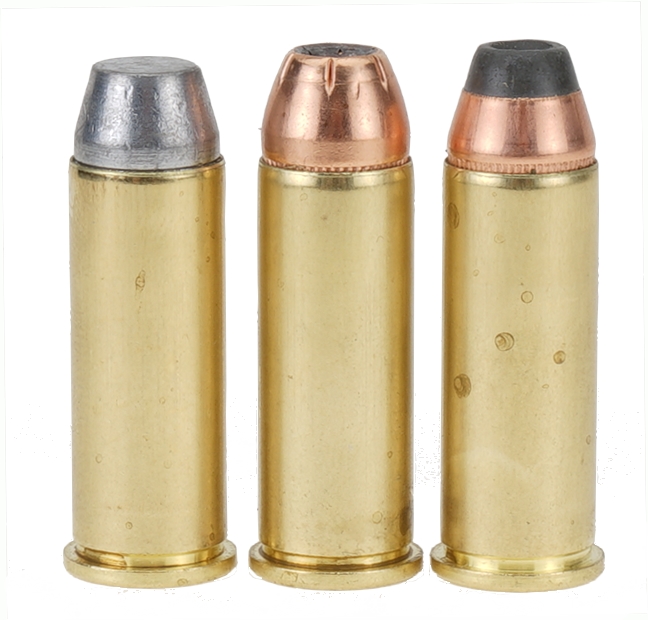
The three final loads were, L_R: Hunters Supply 200 grain hard cast, 210 grain Nosler JHP, 210 grain JHP. Powder was Alliant 2400, all charges were 13.0 grains. Primers began as CCI 300s, but this was changed to Federal 150 Large Pistol so I could work with the handheld primer tool. Recorded muzzle velocity ran 940 fps to 980 fps from a 3″ barrel revolver.
Overall
The Hornady Lock-N-Load Classic Kit Deluxe proved to be a useful collection of tools and accessories. Good quality, and functioned well in a moderate production environment. With the exception of a trimmer and cartridge components, Hornady covered all of the basis.
The subject firearm, a Ruger custom GP100 and ammunition is going back to the the individual who was nice enough to offer its use. The Hornady kit is going to a young guy who is on a tight budget, but would like to reload ammunition. I believe this kits will afford him the easiest entry into handloading, and will serve him well for quite some time.

My wife bought me a very similar RCBS Rockchucker-based kit back in 1977 while we were stationed in West Berlin. I’m still using the press, and occasionally the powder measure. The balance beam scale has been retired in favor of a Charge Master digital dispenser, and the on press priming tubes in favor of a Lee manual primer tool. The case lube pad and various hand tools get pulled out as needed. Many thousands of rounds have been loaded on that press in the intervening years.
Regardless what they are using today, I’m pretty sure no one can claim to be a handloader if they don’t have a Rock Chucker on their bench, or stowed nearby.